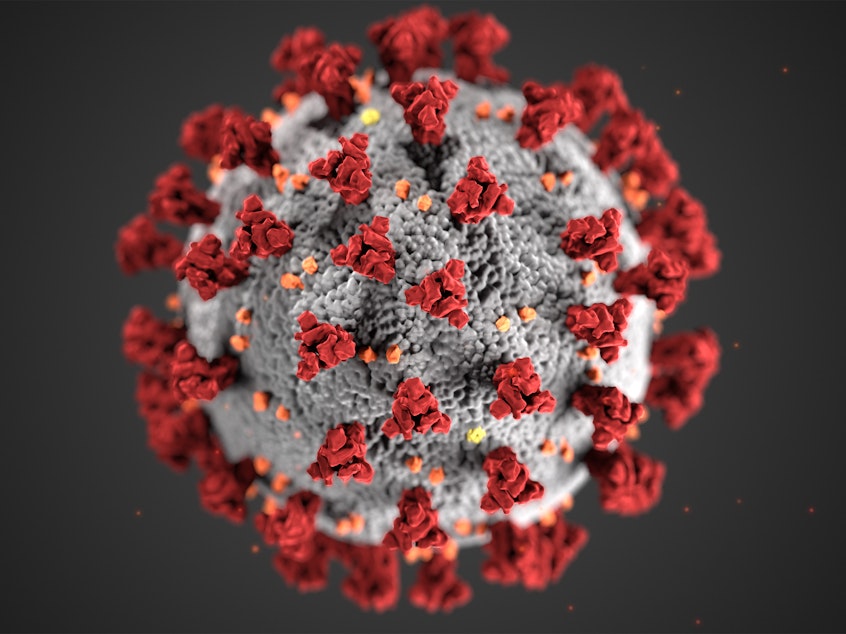Seattle area may have peaked in first wave of coronavirus outbreak, according to UW model

Some areas of Washington state may have reached the peak in the first wave of the coronavirus epidemic, according to new projections from the University of Washington’s Institute for Health Metrics and Evaluation.
A large infusion of new data and some changes in methods resulted in an update of the models, which show a decrease in the projected nationwide need for hospital resources.
The updated model projects that nearly 82,000 Covid-19 deaths will occur across the United States through early August. However, the projections indicate that those deaths could be as few as approximately 49,000 or as many as roughly 136,000.
In Washington state, the estimate of deaths over the next few months went down significantly — from about 1,600 in an early estimate to a total of roughly 630 now projected by August 4. On Monday morning, the official count from the state Department of Health was about 340.
Dr. Chris Murray, director of Institute for Health Metrics and Evaluation, said there's evidence that King and Snohomish counties have peaked but the rest of the state has not.
“But put them together, that leads us to a more positive picture than we previously thought," Murray said during a press briefing Monday. "So tremendously good news at some level that it’s not just Italian and Spanish communities that are able to have social distancing work. We think it’s a U.S. example now of the effectiveness of social distancing,”
Despite the more positive outlook in some places, Murray said it’s important that social distancing measures remain in place to prevent a resurgence in cases.
“The potential for rebound is enormous if we let up on social distancing,” he said.
Some areas of the country, like New York, are also being hit harder than others. The estimated death toll for New York sits at more than 15,500 by August 4, according to the Institute for Health Metrics and Evaluation's projections.

The institute's models are based on some assumptions, including that stay-at-home orders, school closures, and the closure of non-essential businesses will remain in place at least until the end of May.
The models also assume that states around the nation that don't already have these measures in place will implement them within seven days.
Murray said the Institute for Health Metrics and Evaluation isn't ready to say when it might be safe to scale back social distancing practices. But he said that the switch will require states have the money and capacity for widespread testing programs with the ability to trace contacts of people who test positive.
Murray expressed growing confidence in the institute's projections as more data is acquired. However, there’s still a large degree of uncertainty surrounding the models.
“I think the way to think about these forecasts, which are meant to be essentially a service to those in hospitals trying to plan, is like a weather forecast," he said. "They’re going to change as data comes in and it’s also a weather forecast where methods of forecasting are being improved and refined every day.”
The projections are being watched closely by many, including policymakers. Murray said he and others at the institute are acutely aware of the need to get the numbers right. He added that researchers are updating the model daily, trying to constantly improve their methods, and listening to feedback.
The forecasts have lower numbers than some others and received some criticism for being too rosy.
Murray said the numbers are lower because researchers at the Institute for Health Metrics and Evaluation assumed social distancing measures would work — something other models did not. However, he noted that their projections are only looking at what may happen during the first wave of this epidemic.




